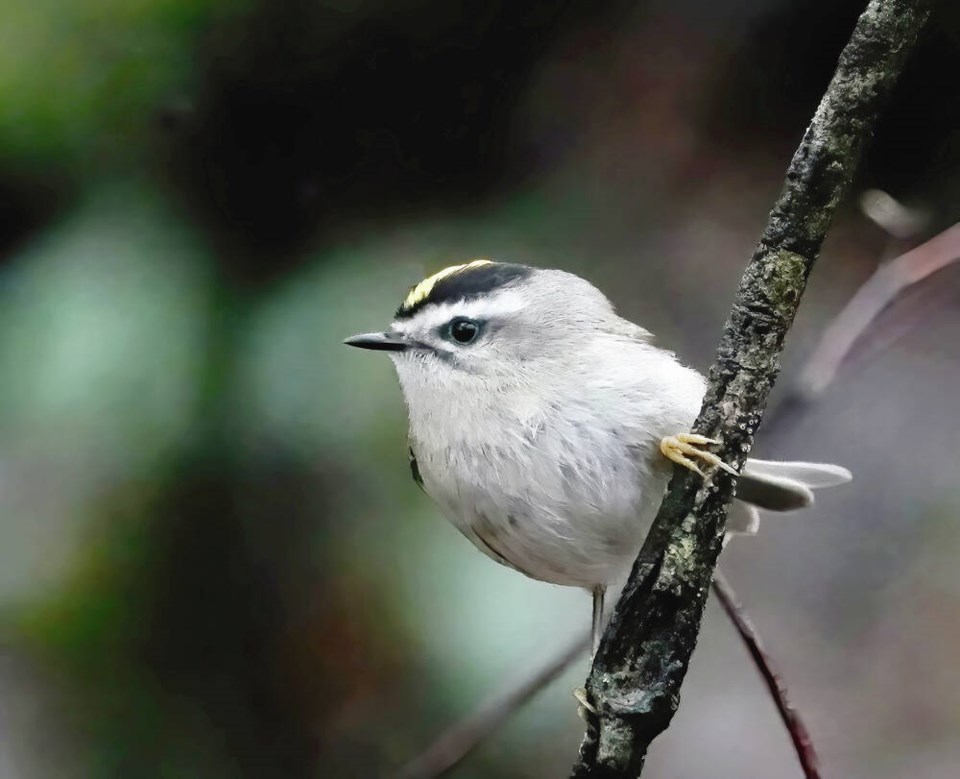Arctic temperatures may prove too much for some smaller songbirds, expert birder Ann Nightingale said Thursday.
“Some of the smaller birds will succumb to the cold temperatures because they can’t get warm,” said Nightingale, who expects to see some mortality among hummingbirds and other smaller birds such as kinglets, which don’t fare well in really cold temperatures.
“The golden-crowned and ruby-crowned kinglets are very tiny and I have found them dead in the snow before. I think it’s because of their low body mass.”
Most other birds have enough body mass and feathers to make it through the cold spell, although you may find them sleeping at night in unusual spots like porches, said Nightingale, who volunteers with the Rocky Point Bird Observatory.
Birds are good at surviving, she said, and will sometimes cluster together in the cold. Certain birds find a cavity in a tree or a space between buildings to clump together at night.
Still, people can do some things to help birds find food, water and shelter. Some people leave their sheds open so birds can take shelter from the wind and snow. Nightingale cut a window out of her greenhouse.
“I put some birdseed inside and I see the birds coming and going,” she said.
A simple way to help birds is to keep hummingbird feeders filled, said Nightingale, who recommends having several feeders, so as soon as ice crystals start to form in the feeder, it can be swapped out.
“Swapping out is really the thing to do if you want to keep them going,” she said.
People can also warm hummingbird feeders by hanging them next to an incandescent porch light or by wrapping them in incandescent Christmas lights. It’s a good idea to hang the feeder in a sheltered place and put a cover over it to protect it from the snow.
Cold snaps are a time of great creativity for people who care about hummingbirds, said Nightingale. Some put hand warmers inside wool socks and pull the socks over the feeders.
Nightingale warned anyone who finds what appears to be a dead hummingbird that it might still be alive. “Hummingbirds go into torpor, almost like hibernation. Every night they shut down. Their heartbeat slows. Their temperature drops. So if you find one in the snow, on a deck or underneath the feeder, there’s a chance it may not be dead.”
The bird can be placed in a box with a feeder so if it does revive, it will have a source of food, Nightingale said. The box can be placed in a cool place like a basement or garage. It can take a lot of hours to revive a hummingbird, she said.
“If you see any kind of breathing at all, the bird is likely in torpor. If it’s frozen solid, it’s gone.”
The Christmas Bird Count showed a decrease in the hummingbird population from 1,300 in 2021 to 900 this year. Nightingale believes that’s in part because of the cold and snow last December.
“It is harsh. If birds can’t find what they need, they won’t make it,” she said.
The good news is that people are taking greater interest in birds and doing what they can to support them, she said.
>>> To comment on this article, write a letter to the editor: [email protected]



